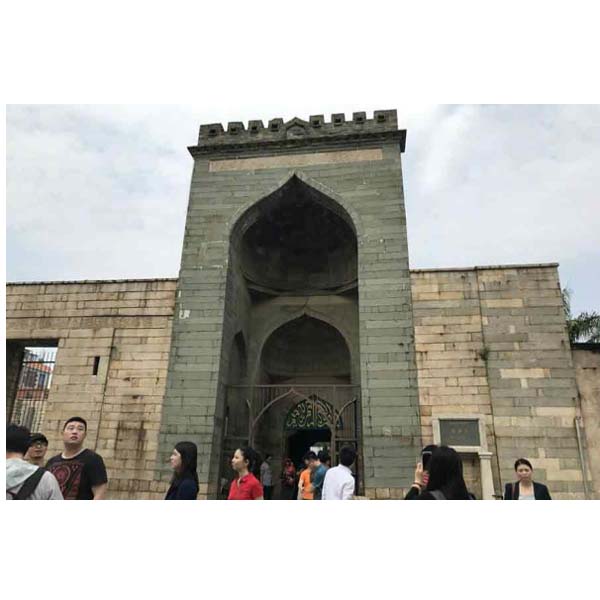Tsinoys off to Quanzhou, Fujian province to visit ancestral homes and villages should drop by Qingjing Mosque 清淨寺on Tumen Street, one of China’s oldest mosques.
A mosque is a place of worship for Muslims.
Also known as Masjid al-Ashab, Qingjing Mosque was built 1,010 years ago during the Northern Song Dynasty (960-1127) in the Arabian style, due to the Arab merchant community there.
The mosque’s presence and design underlines Quanzhou’s links in the olden days to the world by sea.
According to the website muslimheritage, Arab seafarers had set up trading posts in Quanzhou and Guangzhou (Canton province) on China’s southeastern coast.
Some of them eventually settled there and converted to Islam in the seventh century when Islam was introduced to the country.
Other Muslims, fleeing persecution in their native Africa, may have also found their ways to China by land or sea during the Sui Dynasty (581-618).
Muslims, also referred to as Mohammedan Chinese, make up a significant ethnic minority group in China.
The best-known Muslim in Chinese history was explorer Zheng He (鄭和 1371-1433) who lived during the Ming Dynasty (1368-1644).
Today, one of the most influential Muslims in China is Hui Liangyu (回良玉), 73, Vice Premier for Agriculture, and former governor of Anhui province.
Both he and Zheng He belong to the Hui ethnic minority.
In 1961, Qingjing Mosque was listed among China’s first batch of national-level cultural heritage sites. It will be a candidate for World Cultural Heritage status in 2018.
Categories
Mosque in Quanzhou among China’s oldest
